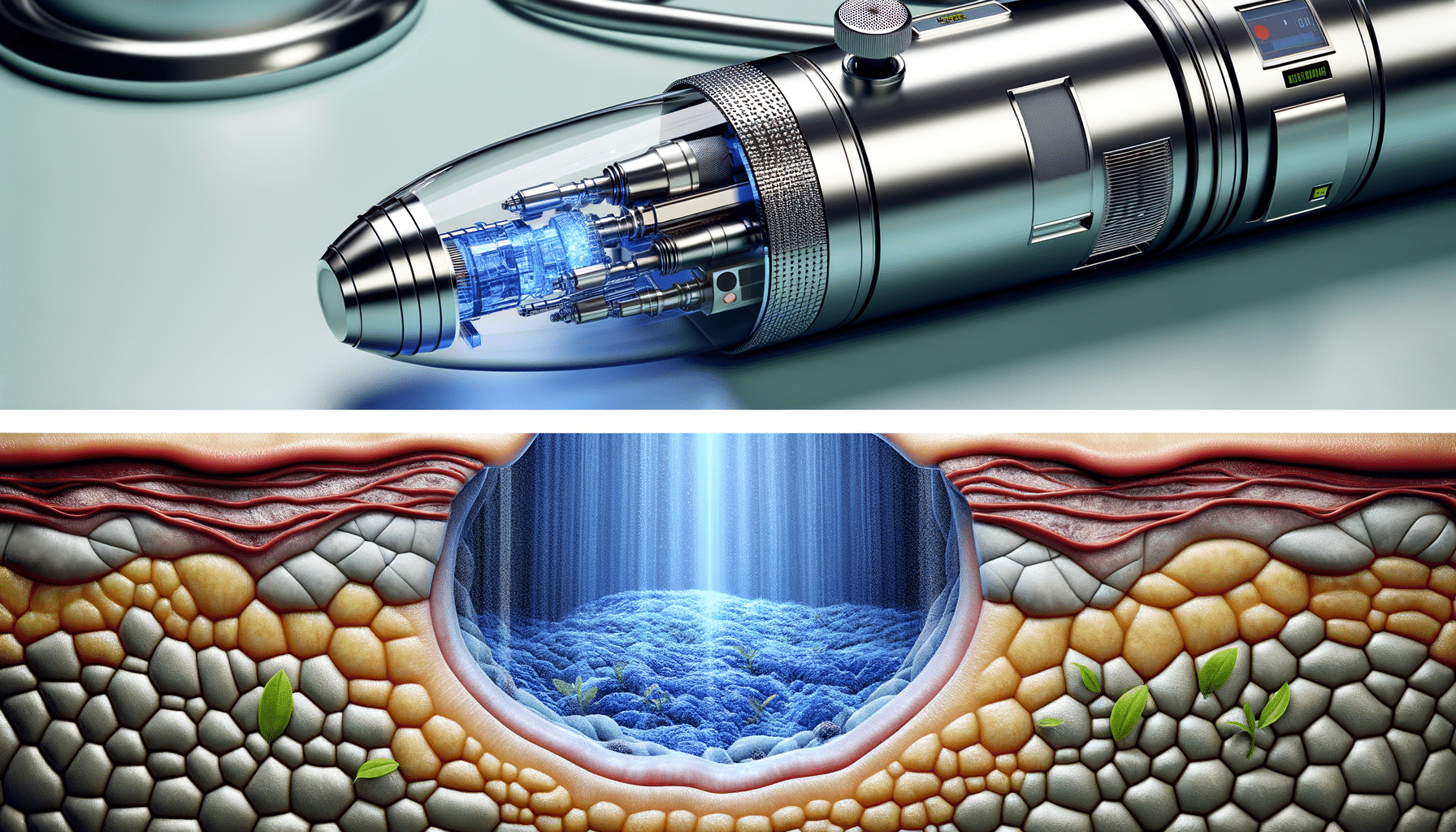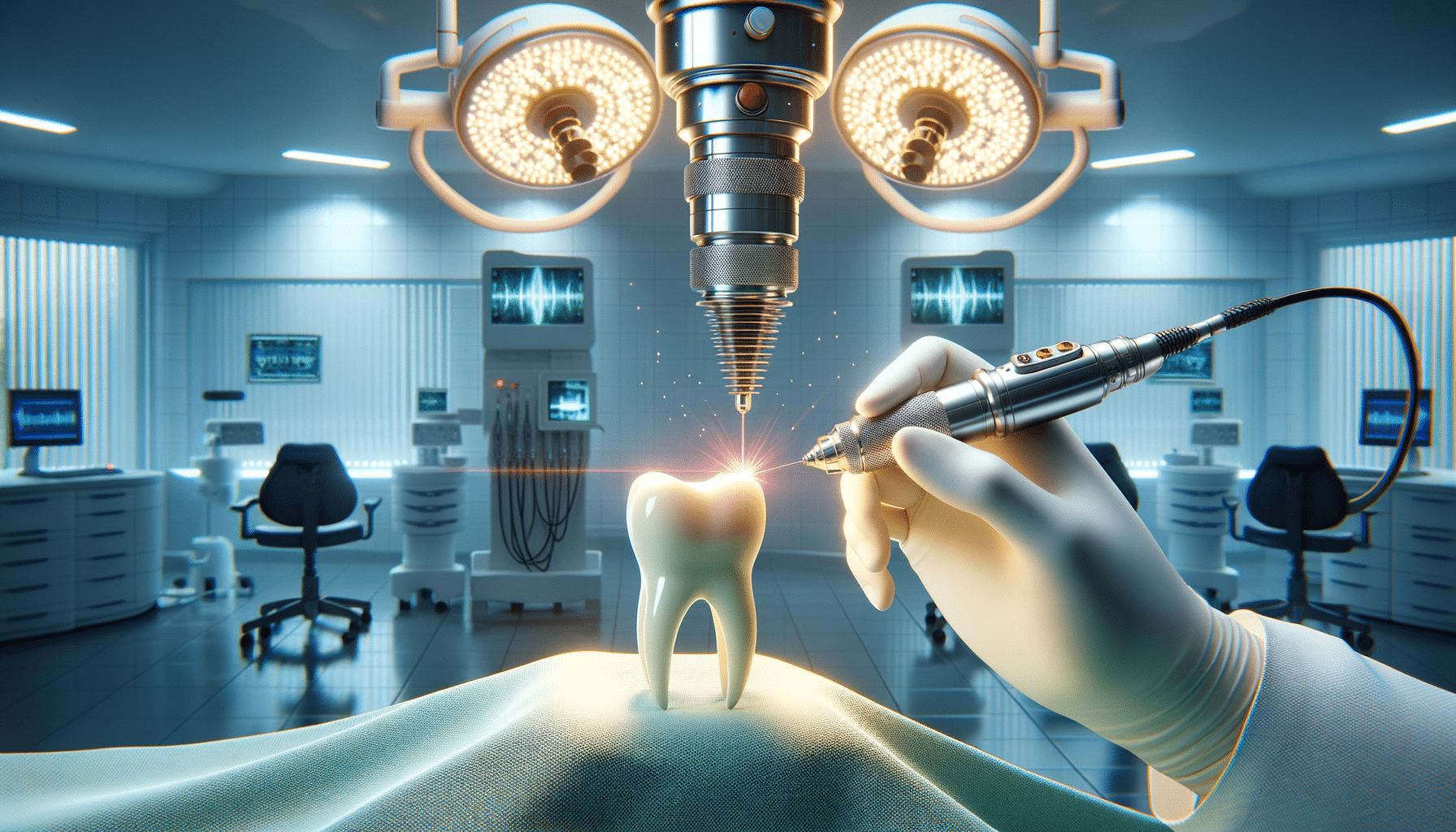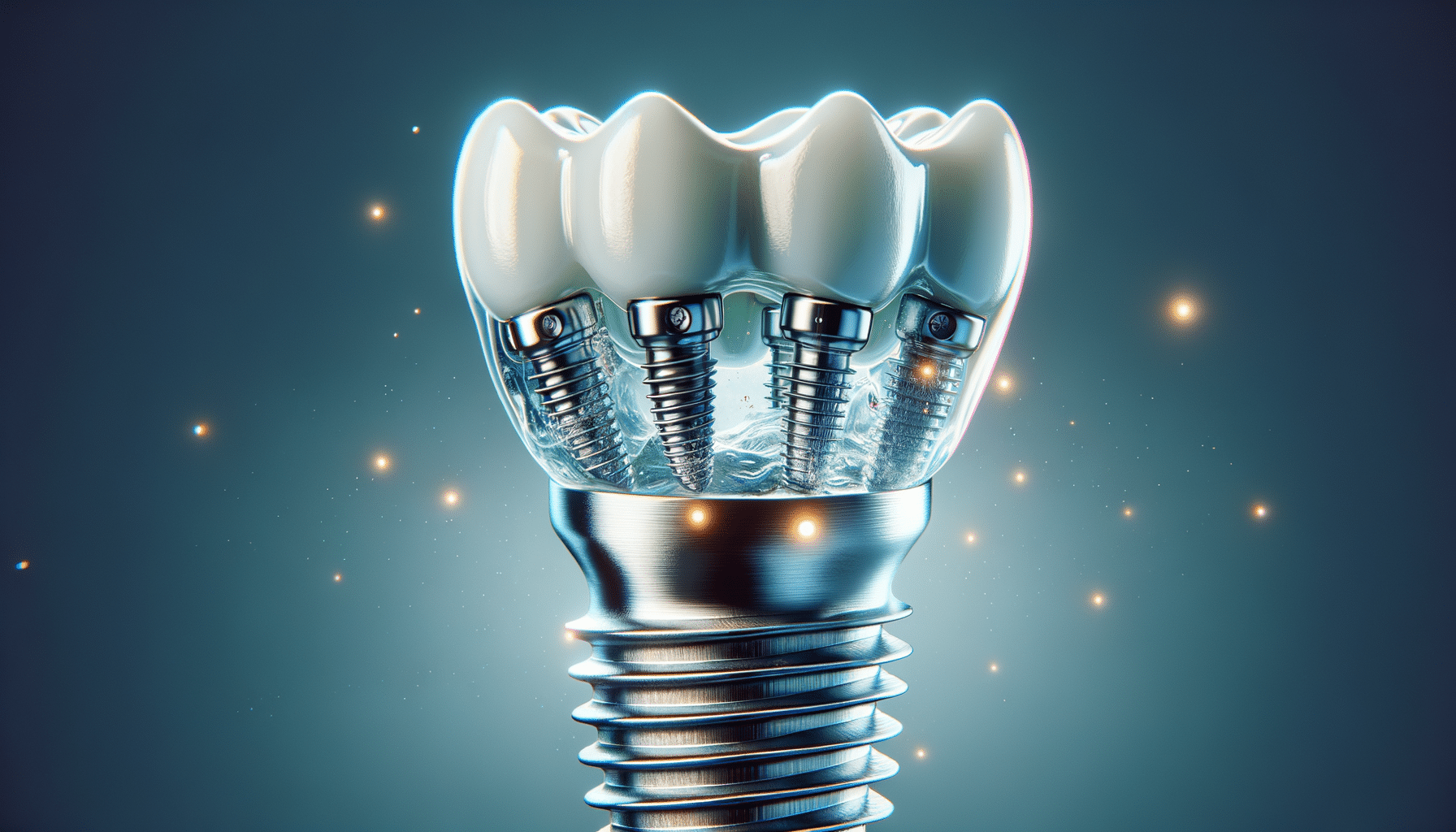
Want Smoother, Younger-Looking Skin? Laser Treatments Might Be the Answer
Understanding Laser Treatments for Wrinkles
In the quest for youthful skin, laser treatments have emerged as a popular choice for reducing wrinkles. These treatments use focused light energy to target the deeper layers of the skin, promoting collagen production and skin rejuvenation. The appeal of laser treatments lies in their ability to deliver noticeable results with minimal downtime, making them a convenient option for many. By stimulating the body’s natural healing process, laser treatments can effectively reduce the appearance of fine lines and wrinkles, offering a smoother, more youthful complexion.
There are several types of laser treatments available, each with its unique approach and benefits:
- Ablative Lasers: These lasers remove the outer layers of skin, encouraging new skin growth. They are highly effective for deeper wrinkles but may require a longer recovery period.
- Non-Ablative Lasers: These penetrate deeper into the skin without damaging the surface, stimulating collagen production. They are suitable for mild to moderate wrinkles with minimal downtime.
- Fractional Lasers: These treat small areas of skin, leaving surrounding tissues intact, which speeds up recovery. They are versatile and can address a variety of skin concerns, including wrinkles.
Choosing the right laser treatment depends on individual skin type, the severity of wrinkles, and personal preferences. Consulting with a qualified dermatologist or skincare professional can help determine the most suitable option. With advancements in technology, laser treatments continue to evolve, providing safer and more effective solutions for those seeking to diminish the signs of aging.
Benefits and Considerations of Laser Wrinkle Treatments
Laser treatments offer numerous benefits for those looking to reduce wrinkles and rejuvenate their skin. One of the primary advantages is the precision with which lasers can target specific areas, allowing for customized treatment plans tailored to individual needs. This precision minimizes damage to surrounding tissues, resulting in quicker recovery times compared to traditional surgical methods.
Some of the key benefits of laser wrinkle treatments include:
- Minimal Downtime: Most laser treatments require little to no downtime, allowing individuals to resume daily activities shortly after the procedure.
- Long-lasting Results: While multiple sessions may be necessary, the results of laser treatments can last for several months to years, depending on the type of laser used and individual skin characteristics.
- Improved Skin Texture: In addition to reducing wrinkles, laser treatments can enhance overall skin texture, making it smoother and more even-toned.
However, there are considerations to keep in mind before opting for laser treatments. These include potential side effects such as redness, swelling, and temporary discomfort. It’s crucial to follow post-treatment care instructions provided by healthcare professionals to ensure optimal results and minimize risks. Additionally, individuals with certain skin conditions or those taking specific medications may not be suitable candidates for laser treatments. A thorough consultation with a qualified practitioner is essential to assess suitability and address any concerns.
Comparing Laser Treatments with Other Anti-Aging Solutions
While laser treatments are a popular choice for wrinkle reduction, they are not the only option available. Comparing laser treatments with other anti-aging solutions can help individuals make informed decisions based on their specific needs and preferences.
Topical Treatments: These include creams and serums containing active ingredients like retinoids and peptides. While they can improve skin texture and reduce fine lines, their effects are generally more subtle and require consistent use over time.
Injectables: Options like dermal fillers and neuromodulators can provide immediate results by filling in wrinkles or relaxing facial muscles. However, they typically require regular maintenance treatments to sustain results.
Surgical Procedures: Facelifts and other surgical options offer dramatic and long-lasting results but come with higher risks, longer recovery times, and higher costs.
Compared to these alternatives, laser treatments offer a middle ground, providing effective wrinkle reduction with less invasiveness and downtime than surgery, while offering more noticeable results than topical treatments. The choice between these options depends on factors such as the desired outcome, budget, and willingness to undergo invasive procedures. Consulting with a skincare professional can provide valuable insights into the most appropriate treatment plan for achieving youthful, radiant skin.


